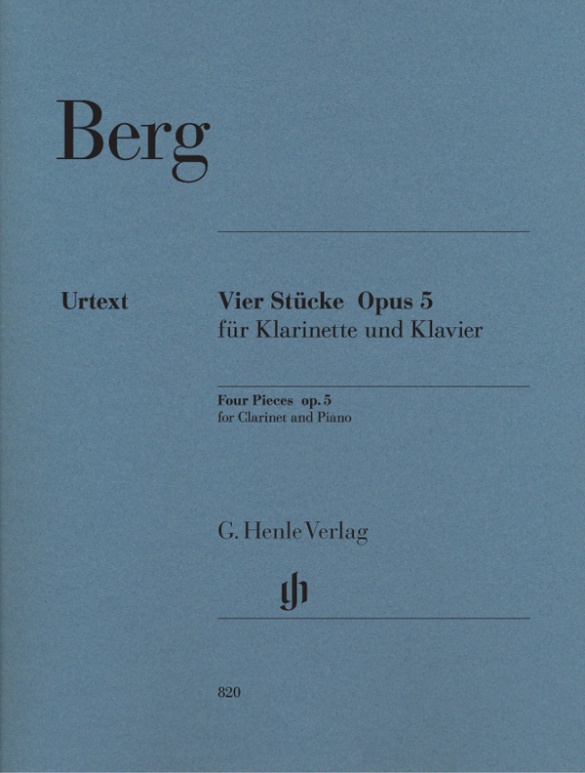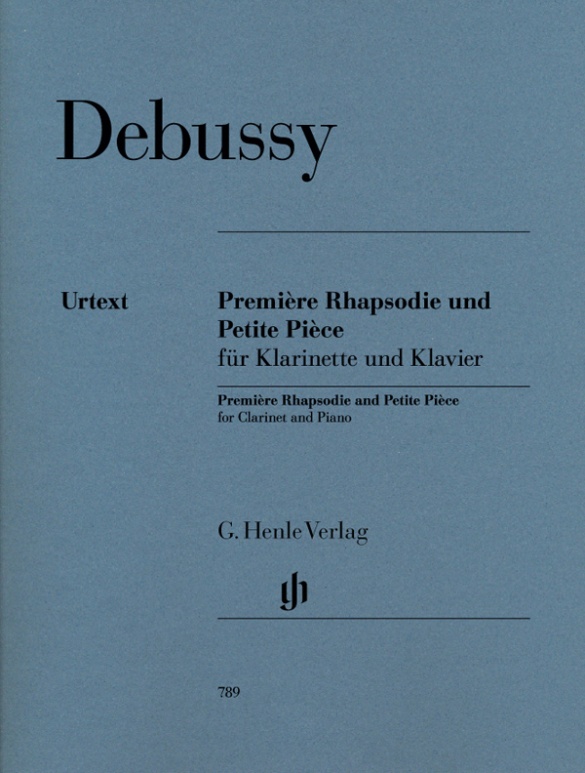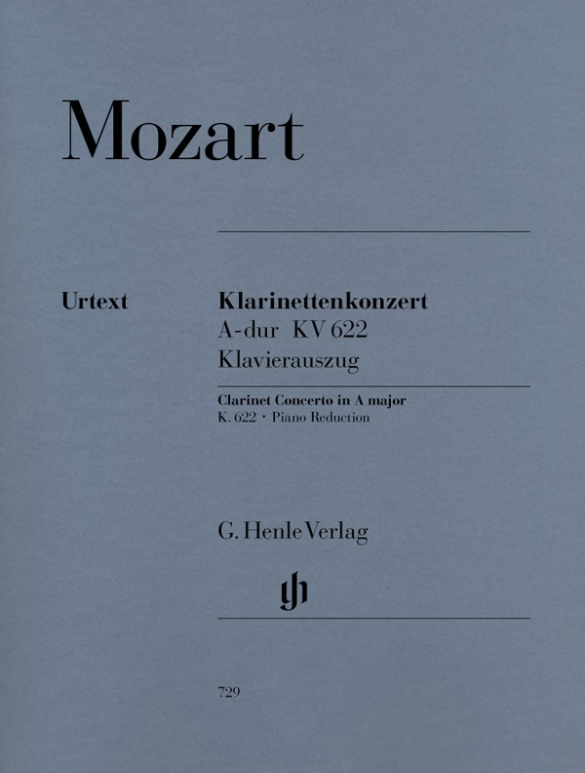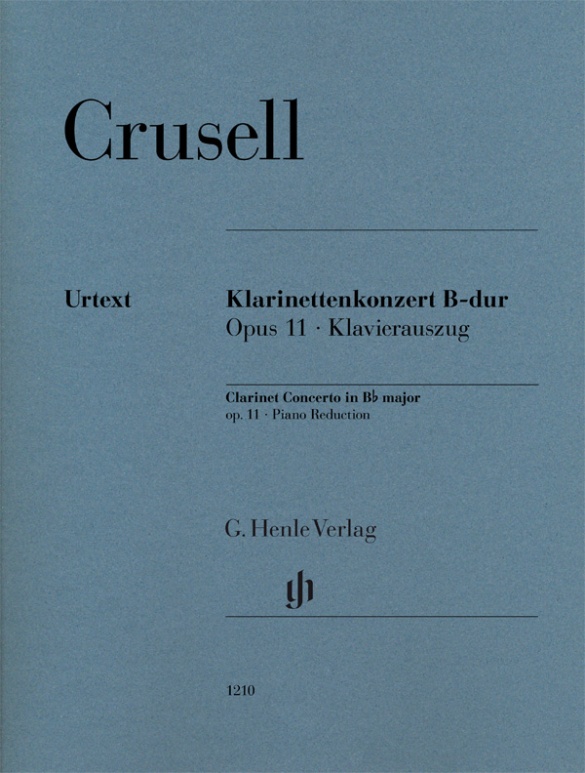Alban Berg
Four Pieces op. 5 for Clarinet and Piano
In a letter to Erwin Schulhoff, Berg bitterly complained about his unsuccessful attempt to find a publisher for his “Pieces for Clarinet”, “Once again at my own expense! A few antique pieces in my apartment had to pay for it …” The concise miniatures are outstanding examples of the “little pieces” genre, to which Arnold Schoenberg and Anton von Webern also contributed. We warmly recommend these short but imaginative pieces in Henle Urtext to all those clarinettists who are willing to experiment. This edition is worldwide available.
内容/詳細
(解説)
作曲家について
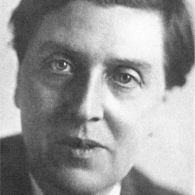
Alban Berg
Together with his teacher Schönberg and with Webern, he belongs to the Second Viennese School, which defined musical advancement through atonality and the twelve-tone technique. His modest oeuvre is explained not only by his early death, but also by his high aesthetic standard. His two operas Wozzeck and Lulu shaped twentieth-century music theatre. He also wrote essays on analytical and aesthetic matters.
| 1885 | Born in Vienna on February 9, the son of an art and book dealer. |
| from 1904 | Studies with Arnold Schönberg. |
| 1904–06 | Employment as an accountant. After coming into an inheritance, he relinquishes the position and dedicates himself to music. |
| 1905–08 | Seven Early Songs (orchestrated 1928). |
| 1909 | Sonata for piano, Op. 1, in one movement, in sonata-form. |
| 1909–10 | Four Songs for voice and piano, Op. 2, atonal with dense contrapuntal structure. |
| 1910 | String Quartet, Op. 3, with expressive tonal qualities. |
| 1912 | Five Orchestral Songs, texts from postcards from Peter Altenberg, Op. 4. Completes piano reduction of Schönberg’s Gurre-Lieder. |
| 1913 | Four Pieces for clarinet and piano, Op. 5. |
| 1913–15 | Three Pieces for Orchestra, Op. 6. |
| 1923–25 | Chamber Concerto for Piano and Violin with Thirteen Wind Instruments. |
| 1925 | Premiere in Berlin of his most famous opera, “Wozzeck,” considered an Expressionist work. |
| 1925–26 | Lyric Suite for string quartet, using twelve-tone technique. |
| 1929 | Concert aria “Der Wein” after Charles Baudelaire. |
| 1935 | Violin Concerto as a kind of “requiem” (dedicated “to the memory of an angel,” Manon Gropius). Dies in Vienna on December 23/24. |
| 1937 | Posthumous performance of the two acts of his unfinished opera “Lulu,” begun in 1927. |
製品安全に関する情報

G. Henle Verlag
製品の製造元に関する情報はこちらでご覧いただけます。G. Henle Verlag
Forstenrieder Allee 122
81476 München
info@henle.de
www.henle.com
Der Henle Verlag hat jetzt eine von Ullrich Scheideler minutiös recherchierte Urtextausgabe herausgebracht und damit dem Werk auch seinen musikologischen Stellenwert gesichert.
Clarino, 2008Da apprezzare ancora una volta il criterio di impaginazione adottato da Henle che, nel quarto pezzo, solleva il clarinettista dal noto problema della voltata di pagina.
Il Giornale della Musica, 2008La edición es sencillamente formidable, puesto que, además de un estudio introductorio intersantísimo del alemán Ullrich Scheideler, cuenta con la delicadeza de tener una triple página que evita los incómodos pasos de página para los intérpretes amén de facilitar el que no haya prácticamente pausas entre las piezas, tal y como el autor quería.
Doce Notas, 20007Scheideler besorgte Edition folgt im Wesentlichen der von Alban Berg mit Korrekturen versehenen 2. Auflage der … Erstausgabe, mit ihrem angenehm ins Auge fallenden Druckbild und einer geschickten Disposition der Systeme (Nummer 3 lässt sich sogar auf drei Seiten ausklappen, um ein Blättern überflüssig zu machen) eignet sich die Henleausgabe gleichermaßen für den Forscher wie für den Praktiker.
Ensemble, 2007This is a great new edition of Berg’s Vier Stücke. … It is the attention to detail that makes this edition so attractive to both performer and scholar. The music is clearer and less squashed – no small achievement given Berg’s incredibly precise markings – and Henle has also solved the page-turn problem in the fourth piece. For those with an academic interest there is a comprehensive discussion of sources and a preface which provides background to the music and its context. These advantages come at a price but should we really mind paying for quality?
Music Teacher England, 2007おすすめ
autogenerated_cross_selling
このタイトルを含む他の版
このタイトルを含む他の版


